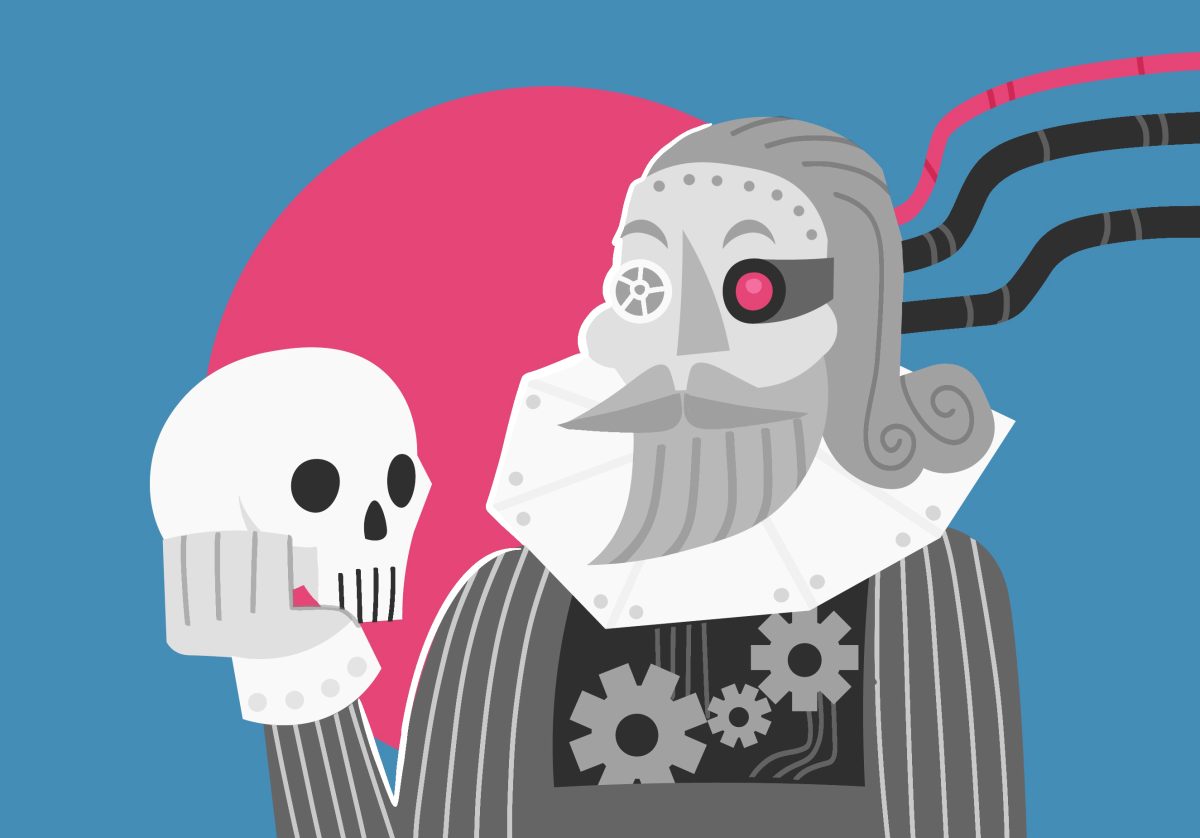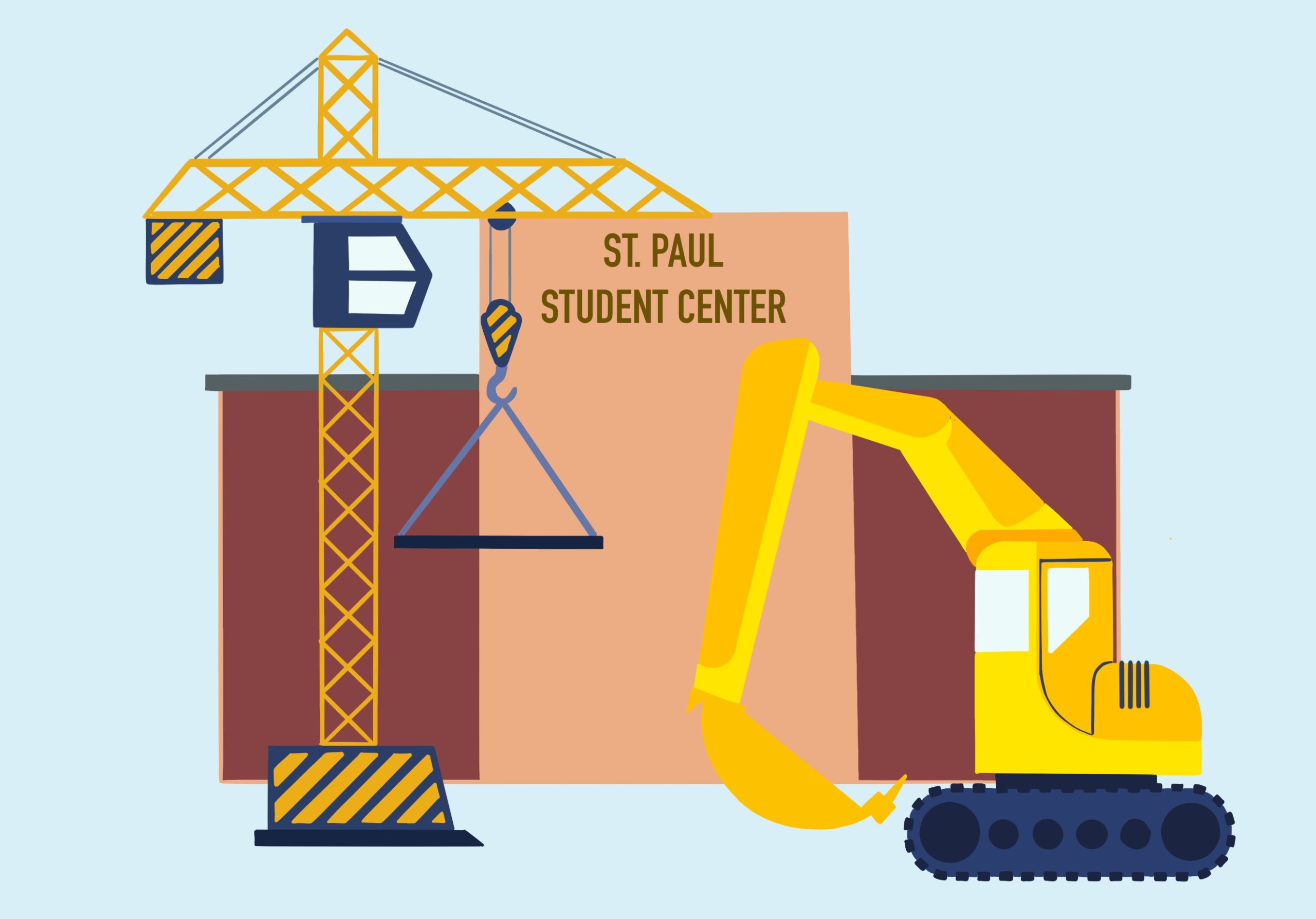Though simplistically cute, emojis are not as straightforward as they seem.
New University of Minnesota research slated for publication next month suggests people interpret popular emojis differently, and different devices’ renderings of the same icon can amplify misunderstanding.
The team of six researchers found that any two people looking at the same icon have a 25 percent chance of disagreeing on whether the emoji was supposed to be positive, neutral or negative.
Survey participants were asked to assign meaning to 15 random emoji and to judge the sentiment of the images as positive or negative. On average, any given symbol, researchers found, can be interpreted 37 possible ways.
“What we found surprising … was the fact that we found so much variations, even within a given rendering,” said Hannah Miller, University doctoral student and lead researcher.
Nuances of an emoji as well as cultural and demographic differences among users could be contributing to the interpretation gap, Miller said.
“If there’s blushing cheeks or a certain angle of the eyebrows or eyes themselves … [it] may give rise to variants of interpretation,” she said.
And the nature of texting makes it difficult to clear up the sender’s original intent, said co-author Jacob Thebault-Spieker.
“They may just believe they understood [the emoji’s meaning] … and move on,” Thebault-Spieker said. “We may never reach a shared belief about what [is] sent.”
Miller said adding a message for context, versus sending a standalone emoji, could clarify miscommunications.
“Emojis supplement language, so it’s an extension of the language that we use digitally,” Miller said.
She said texters should also be careful when using especially troublesome emoji that can look radically different across Apple, Google, Microsoft, Samsung and LG devices.
“While they’re choosing an emoji, they can be aware that someone else might interpret it differently and maybe be more conscious of that,” Miller said.
While Thebault-Spieker said this is potentially a problem, people often find their own ways to deal with the issue.
“Humans have generally figured out pretty good ways to deal with misunderstandings,” he said, “We also don’t think it’s going to start World War III.”
Maria Heath, graduate student in the University’s Institute of Linguistics, said language evolves with new technology, and we constantly invent ways to convey tone, sarcasm or emotion.
Generational and cultural factors contribute to how people interpret writing nuanced by punctuation, capitalization and spelling, Heath said.
“Older people are more likely to associate all caps with anger and yelling, while younger people are using it increasingly to indicate excitement or positive emotions,” she said.
With advancements in written communication, Heath said people are becoming better writers.
“[It’s] not just because we spend so much time writing nowadays,” she said. “But also because we’ve learned to code-switch between different written dialects and have become so creative in our abilities to express ourselves.”










